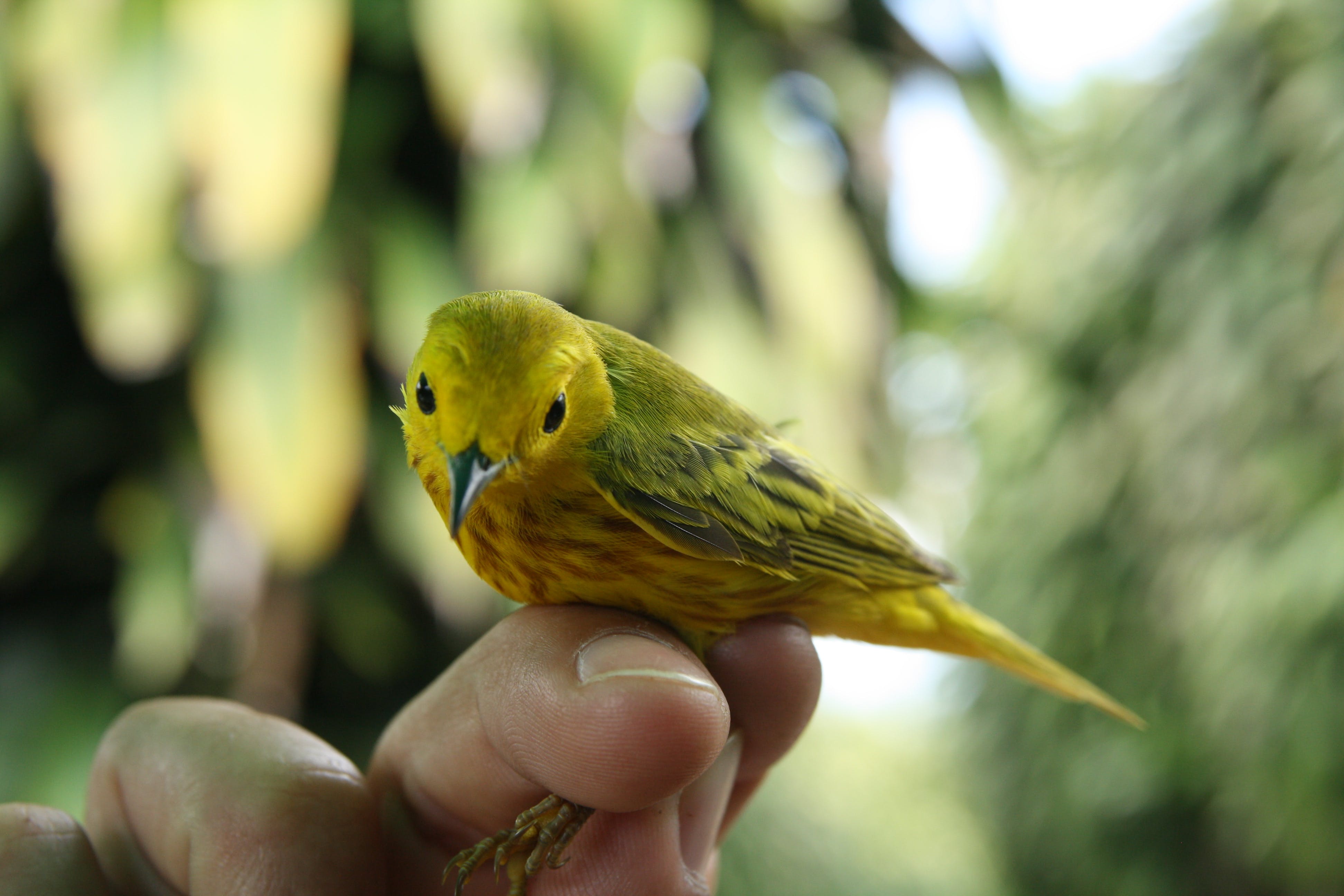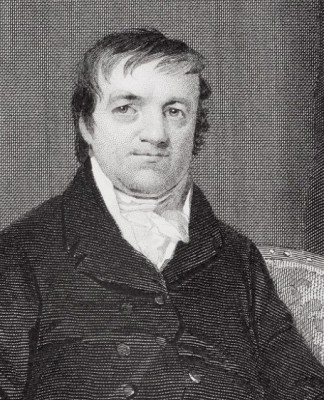
Joe Ellis
A century ago, the United States Congress committed to conserving migratory bird species by passing the federal Migratory Bird Treaty Act. Since that time, the law has served as the cornerstone of avian conservation, protecting both migratory and non-migratory bird species from many dangers.
In recent decades, a new threat to migratory bird species has emerged: climate change. As temperature and precipitation patterns across the country shift, birds and other animals are met with new environmental challenges in the form of intense heat waves and extreme drought. If bird populations are to remain in their current locations, they will have to adapt to these changing conditions. But the question of whether birds will be able to adapt remains to be seen.

A new study published in the journal Science used genomic data to assess the vulnerability of different populations of a migratory bird, the Yellow Warbler, to future climate change. Researchers at the Bird Genoscape Project based at UCLA sequenced the genomes of over 200 birds from across the U.S. and Canada. They then scanned these genomes for evidence of climate adaptation.
The researchers found strong correlations between the information in the genome and climate. In particular, they discovered many genes that were associated with precipitation patterns. Thus, birds in dry areas like the Central Valley of California were genetically distinct from birds in wetter areas like the Northeastern U.S.
Based on this information, the researchers calculated how much birds from different locations would need to adapt in order to deal with future climate change – a measure of vulnerability. They then created maps of the species’ vulnerability to climate change across North America. After comparing this information to bird surveys that measured population increases and declines since 1966, they found that the populations most vulnerable to climate change were already declining. This tells us that the impacts of climate change are already happening and they are likely to become more severe in the future.

The new maps of climate change vulnerability will allow conservation decisions to factor in the potential for birds and other species to adapt to ongoing climate change.
Now more than ever, migratory birds need protection. This message rings especially strong after the recent announcement that the Department of Interior could be rolling back enforcement of the Migratory Bird Treaty Act. As bird populations are increasingly threatened by human activities, it is our responsibility to ensure the future of these species.



























